
bad_Q
-
Numero contenuti pubblicati
143 -
Iscritto il
-
Ultima visita
-
Giorni Massima Popolarità
1
Tipo di contenuto
Forum
Galleria
Calendario
Download
Articoli del sito
Store
Blog
Risposte pubblicato da bad_Q
-
-
-
Do you mean the name?
Yes. The new section "Progetto Aegea" has been set (but still hidden) on Fiatpress
-
Fiat Aegea
(i'm not sure, but it seems so)
-
The interesting idea is to call this model family '124'. Just imagine: 124 Berlina, 124 Familiare, 124 Sport (for Hatch) and mazda-based 124 Spder

-
I have press-info and pictures... No new generation tommorow. I even can't call it facelift... Maybe MY))
1. new engines
2. headlights with LED
3. new wheels and colours
4. revisted interior with new dashboard
you will see differences only when you is owner of current model

-
Project code - 356
Head of the project - https://it.linkedin.com/in/vincenzocusolito
-




p.s. maybe better to separate topics for each body version? at least they have a different stages of development.
-
All official info will come tommorow.








-
Less covered, and looks promising






-
Some new shots... but car is hidden more than ever!



And I never seen 'psychedelic wrap' camouflage on Fiats before
-
-
btw, front grille reminds me facelifted Viaggio just launched in China. Family feeling


-
-
 Volkswagen Group-owned design house Italdesign Giugiaro has revealed its GEA concept car at the Geneva motor show, an Audi-style autonomous electric luxury saloon of the future.
Volkswagen Group-owned design house Italdesign Giugiaro has revealed its GEA concept car at the Geneva motor show, an Audi-style autonomous electric luxury saloon of the future.The four-wheel-drive GEA is 5370mm long, which makes it some 235mm longer than an Audi A8, and is powered by four electric motors (two at the front and two at the rear) with a combined power output of 764bhp. Top speed is 155mph.
The concept has been designed by Italdesign’s styling chief Wolfgang Egger, who moved to the design house from Audi last year. The firm describes the GEA as having the look of a “stylish saloon with a sporty twist”.
Notable exterior design features on the GEA, which is made from lightweight materials including aluminium, carbonfibre and magnesium for a kerb weight of just over 2000kg, include its 60-spoke, 26in alloys, each milled from a solid block, and slim light clusters which feature Audi laserlight and LED technology. The lights glow white when the GEA is being driven by the driver, and blue when it is driving itself in autonomous mode.
Access to the cabin is through rear-hinged doors; the GEA does without conventional B-pillars to further boost access. The focal part of the cabin is the rear, where an integrated smartphone controls major vehicle functions and allows one of three interior modes to be selected: Business, Wellness or Dream.
In Business mode, the GEA turns into a travelling office, where two 19in transparent LED screens come down from the roof. The front passenger seat can be swivelled 180 degrees, or folded down, where it can be used as a work top.
In Wellness mode, the GEA becomes a mini gym. Aluminium handles in the rear seats can be used for upper body exercises, and boards come out of the floor for leg exercises. There is also a fridge between the two rear seats to store drinks. Instructional videos produced by fitness firm Technogym can be played on the screens.
In Dream mode, the GEA becomes a relaxing environment, with blue LED lighting and the ability for one of the rear seats to fully recline and link up with a front seat to become a bed, similar to that of a first class seat in an airliner.
Premium, natural materials are used throughout the cabin, and the driver gets all driving information via a 12in screen. Three buttons on the control stick-style steering wheel control the driving of the car, and whether it is in autonomous mode or being operated by the driver.
© Autocar
-
It is just a yellow PF Sergio...
-
So will it slot below the Conti, right?
It's not easy to understand the real sizes of the car... It LOOKS like a Aston Martin rival, but it is a two-seater, so it can be quite smaller.
-
Press Release:
Cita[h=1]EXP 10 SPEED 6 - A VISION OF BENTLEY DESIGN AND PERFORMANCE[/h][h=2]MAR 2, 2015[/h]- Concept for sector-defining two-seater sportscar
- Futuristic Bentley design, a statement in modern British luxury
- Potential future model line
(Crewe / Geneva, 2nd March 2015) Bentley Motors is showing the future direction of luxury and performance with the EXP 10 Speed 6 at the 2015 Geneva International Motor Show. The concept is a British interpretation of a high performance two seater sportscar using modern automotive design, highly skilled handcrafting, the finest materials and advanced performance technology.
From the racing success of the company’s early years to the international motorsport success of today, ‘speed’ is part of Bentley’s DNA. This inspiration is expressed throughout the EXP 10 Speed 6, where iconic Bentley design cues are fused with progressive craftsmanship techniques and modern technologies.
Copper elements are used as accents to both exterior and interior features to highlight the performance hybrid potential of the concept’s advanced new powertrain. Performance goals including top speed are set to challenge competitors and define a new segment benchmark.
Wolfgang Dürheimer, chairman and chief executive of Bentley Motors, comments:
“EXP 10 Speed 6 is one vision for Bentley’s future – a powerful, exquisite and individual concept. The showcar has the potential to be the new pinnacle luxury two-seat sports car. It offers thrilling, driver-oriented performance, complete with trademark modern Bentley luxury and effortlessness.
It could be a future model line, alongside the Continental GT and redefining the pinnacle of another market sector, and the styling of the EXP 10 Speed 6 could influence the expansion of the Bentley family. This is not just a new sports car concept – but the potential Bentley sports car – a bold vision for a brand with a bold future.”
Contemporary Design, Yet Unmistakably Bentley
The exterior design of EXP 10 Speed 6 is an expression of muscular, athletic surfaces inspired by the aerodynamic shapes of aircraft fuselages and wings. The ethos of the design was to develop contemporary interpretations of Bentley styling cues, which have been brought together with beauty and precision. The result is a coupe of clean, modern surfaces whilst remaining unmistakably Bentley.
Creating exciting contemporary ideas from classic starting points is evident across the car, from the new interpretation of the iconic Bentley matrix grille and four-round headlamps to the paint colour – a deeper, richer and heavily metallic version of British Racing Green. The principles of established Bentley luxury have been applied in new and invigorating ways that use the latest technologies and techniques.
The shapes and lines of EXP 10 Speed 6 represent a dynamic sculpture, creating harmony between sharp lines and flowing surfaces and using twisted surfaces to imply speed. Combined with muscular proportions and an athletic stance through the use of a short front overhang, long bonnet, low grille and wide rear shape with a long C-post, the exterior styling hints at high speed potential of the car.
Every exterior material and each individual detail is designed to modern Bentley style. Cutting-edge 3D metal printing technology has allowed the grille mesh, exhausts, door handles and side vents to be delivered with micro-scale design detail precision. The iconic Bentley mesh grille, for example, is no longer a flat plane of latticework but includes varying depth with a complex 3D geometry only visible when viewed at an angle. Bentley’s renowned quilted leather has inspired three dimensional texture to the precision glass of the headlamps.
These exterior elements come together to present a Bentley for the next generation – lean, toned and exquisitely precise, designed around new evolutions of the design elements that unite all Bentleys – past, present and future.
Bentley’s Most Performance-Orientated Luxury Cabin
The inspiration for the interior comes from the continuous line that runs around the cabin, driving through the console and into two symmetrical wings before flowing into the door and looping back into the console armrest. Two elegant quilted sports seats are positioned either side of the narrow centre console which houses exquisite driver controls and a highly intuitive 12” touch screen. These features combine futuristic technology seamlessly with progressive Bentley craftsmanship.
Each detail has taken core Bentley interior DNA principles and moved them forwards. For example, the classic and purposeful Bentley knurled surface is a feature throughout the controls of the car, but now created using steel and copper together to create a two-metal 3D texture.
Continuing the fusion of traditional materials and contemporary design statements, the doors of EXP 10 Speed 6 feature 3D quilting, milled directly in to solid straight-grain cherry wood. Each resulting diamond is finished with a copper centre.
The centre console integrates digital information with tactile controls via a curved touch screen housed in an aluminium frame. The fascia instruments deploy from a flat position into the drivers view as the car is started using the floating “B” button integrated in to a non-symmetrical gear lever finished in aluminium, copper and cherry wood. A mechanical rev counter and digital display combine to provide the perfect balance of modern driver information and analogue beauty.
The rear interior space is divided into two compartments designed to house a specifically designed four-piece luggage set. Like the rest of the interior, the rear has been trimmed by the master craftsmen at Bentley in the highest quality Poltrona Frau leather.
– ENDS –
Bentley
http://www.autopareri.com/forums/topic/62819-bentley-exp-12-speed-6e-ev-concept-2017/
-
-
-
-
Do you know that GAC-Fiat launch race-inspired Ottimo Mefisto on last year Guangzhou Autoshow? I was really surprised)







-
It was so boring to wait till monday...



-
Japanese designer Ken Okuyama has placed his name on a pair of Alfa Romeo Giulietta special editions made exclusively for Japan.
The man who led the design team for the original Honda / Acura NSX and also designed or supervised a number of Pininfarina projects such as the Ferrari Enzo and P4/5, collaborated with Alfa's Japanese arm creating the Giulietta Ken Okuyama Speciale Bianca and Rossa editions.
Both cars get dedicated body stripes, Ken Okuyama Design alloy wheels and special stainless steel emblems, with the Bianca model finished in white and the Rossa in red.
The two hatchbacks are powered by Alfa's 170PS 1.4-liter turbocharged gasoline engine and are each priced at 3,952,000 Yen, which comes to around US$33,300 or €28,200.
carscoops ©
Both cars was presented today at Tokyo Auto Salon 2015.
Ken Okuyama Speciale Bianca (wear the same livery as kode9 concept)







Ken Okuyama Speciale Rossa (wear the same livery as kode7 Clubman)










-
Unfortunately I can't show you final images till it would be released... (it can be released in one hour or in the day of NAIAS, I really don't know)
But how about some kind of teaser?)












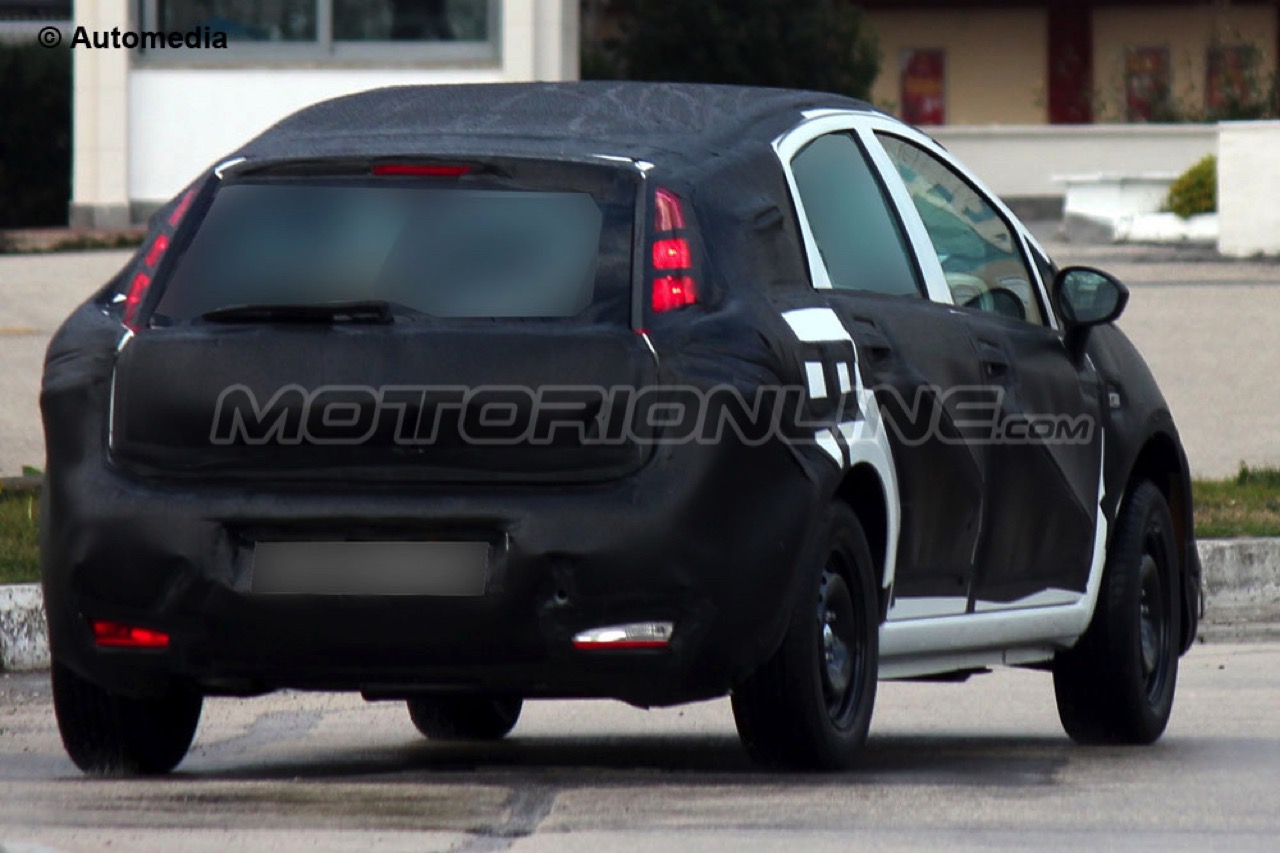
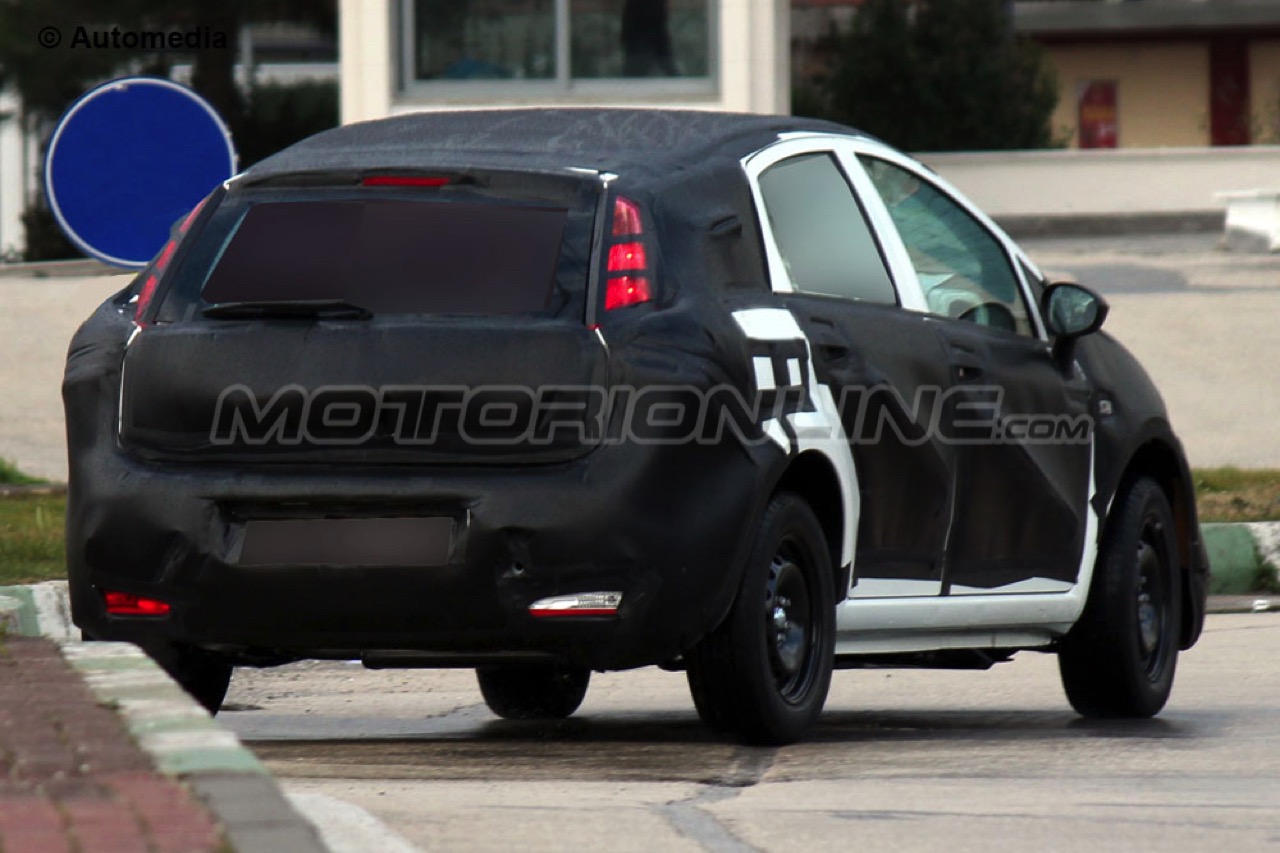
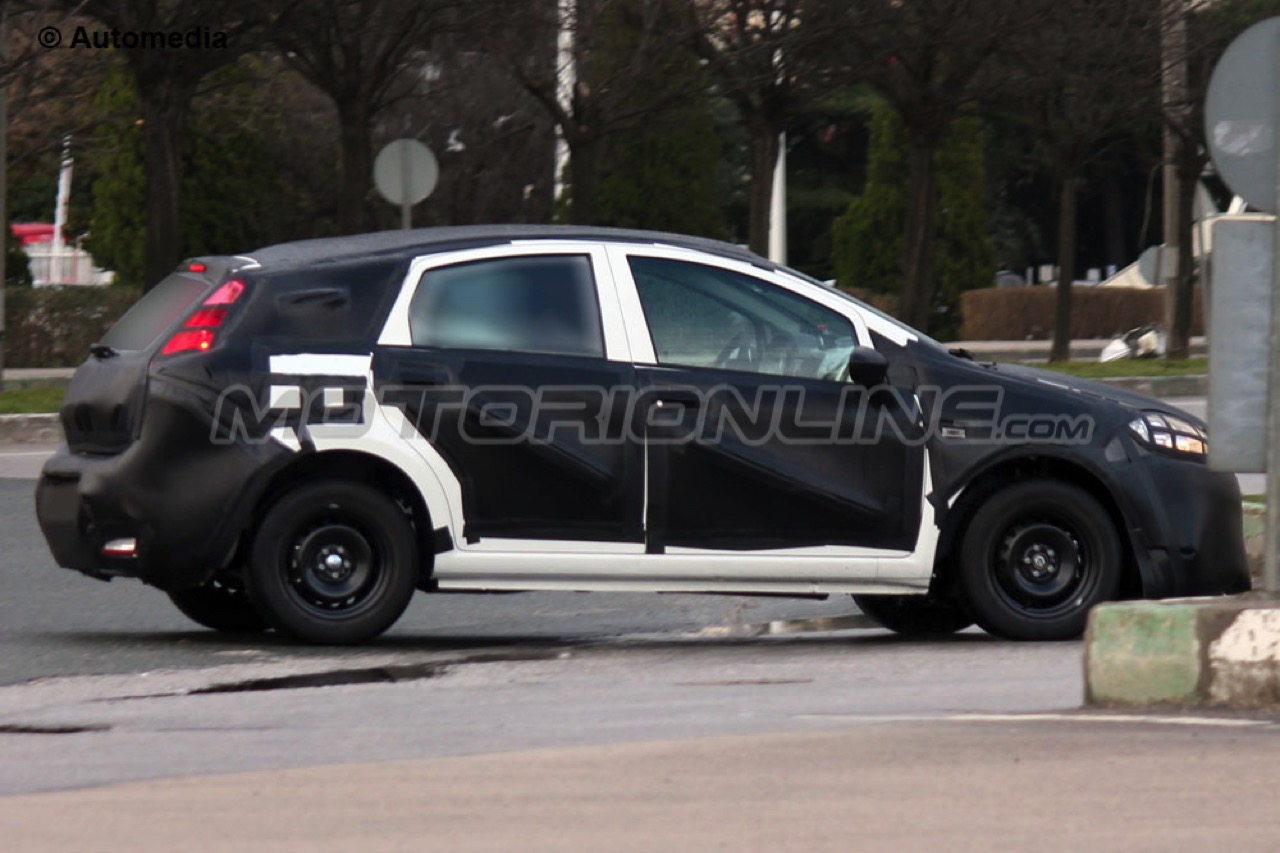
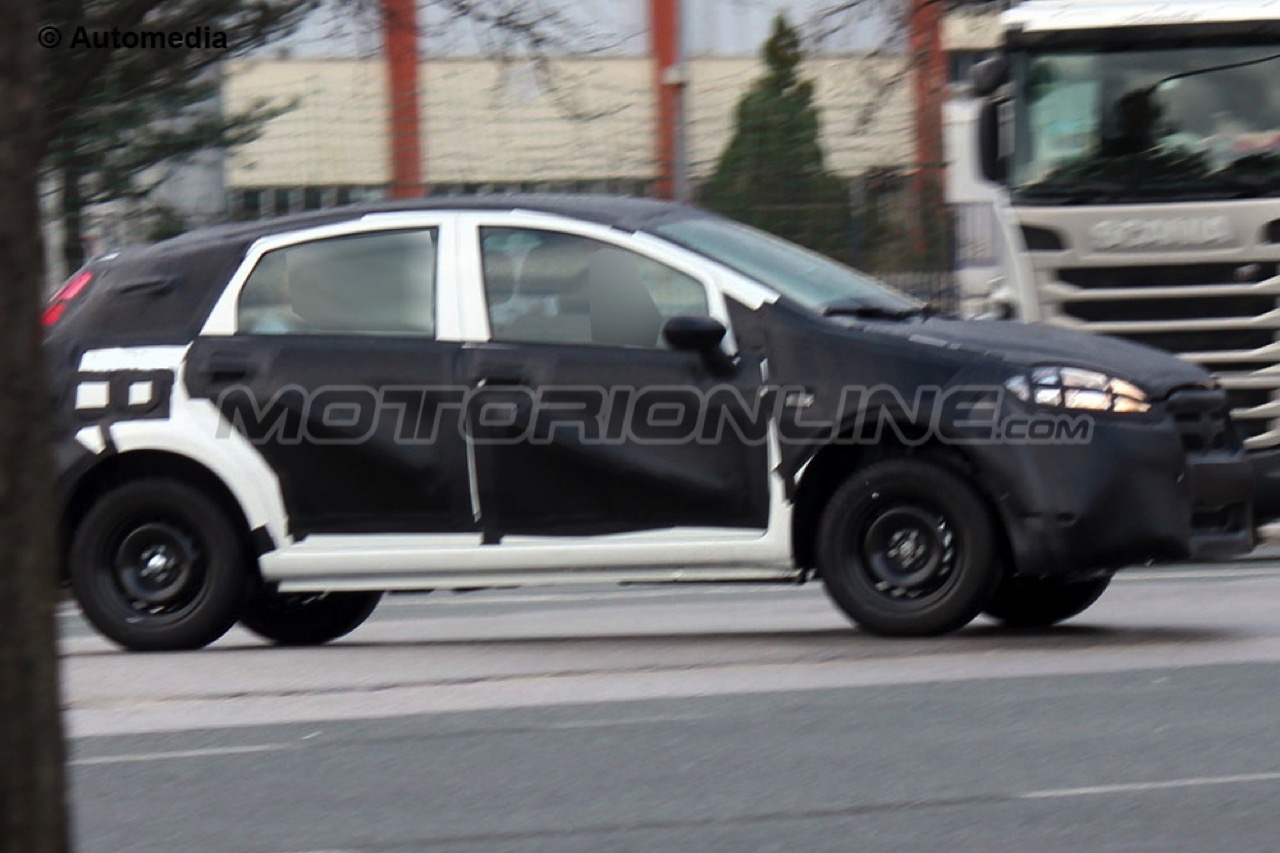






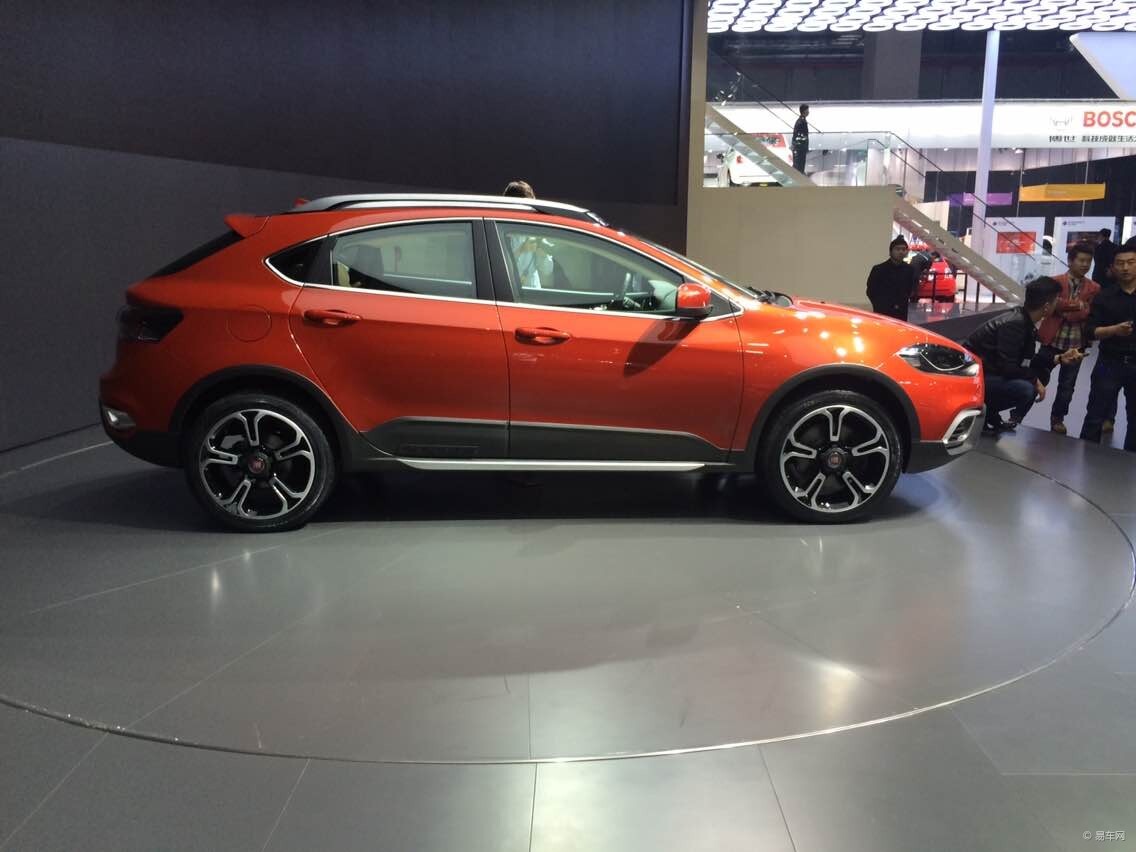


















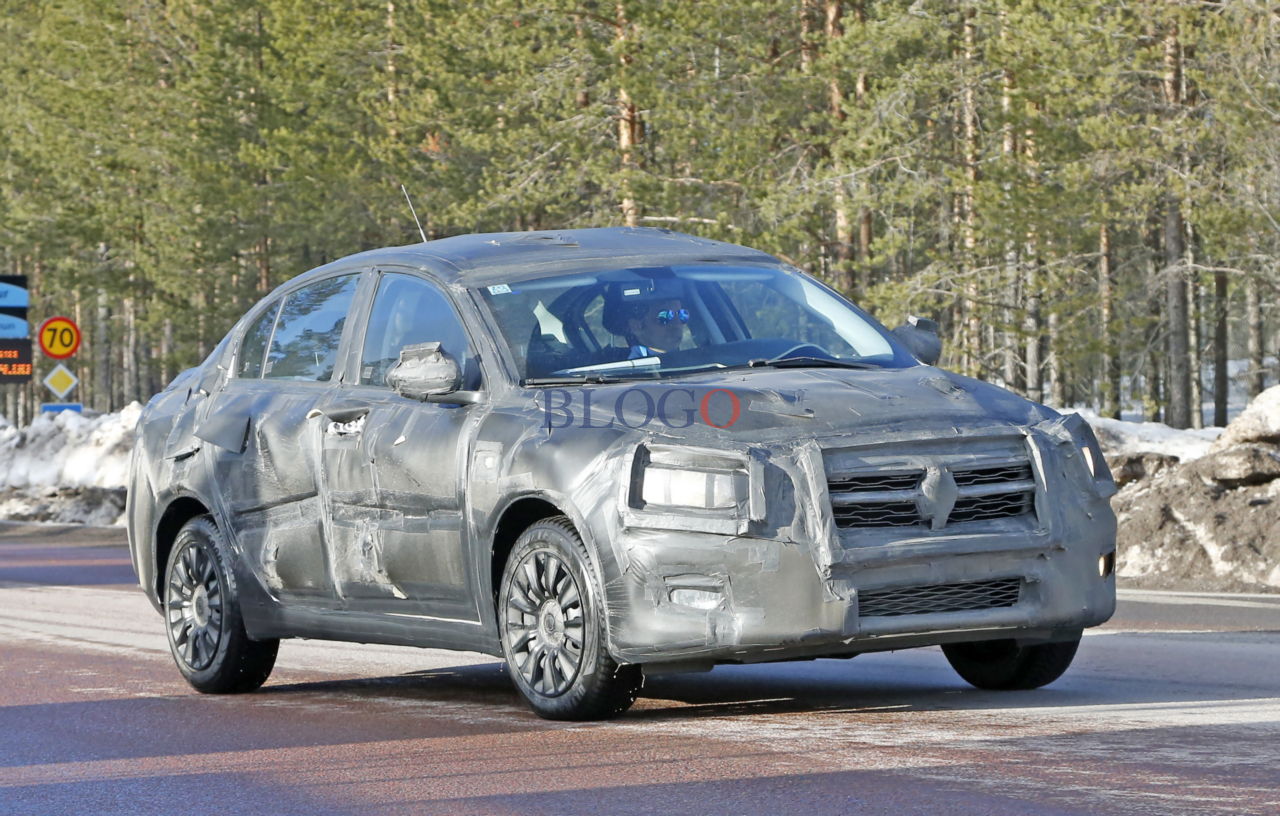
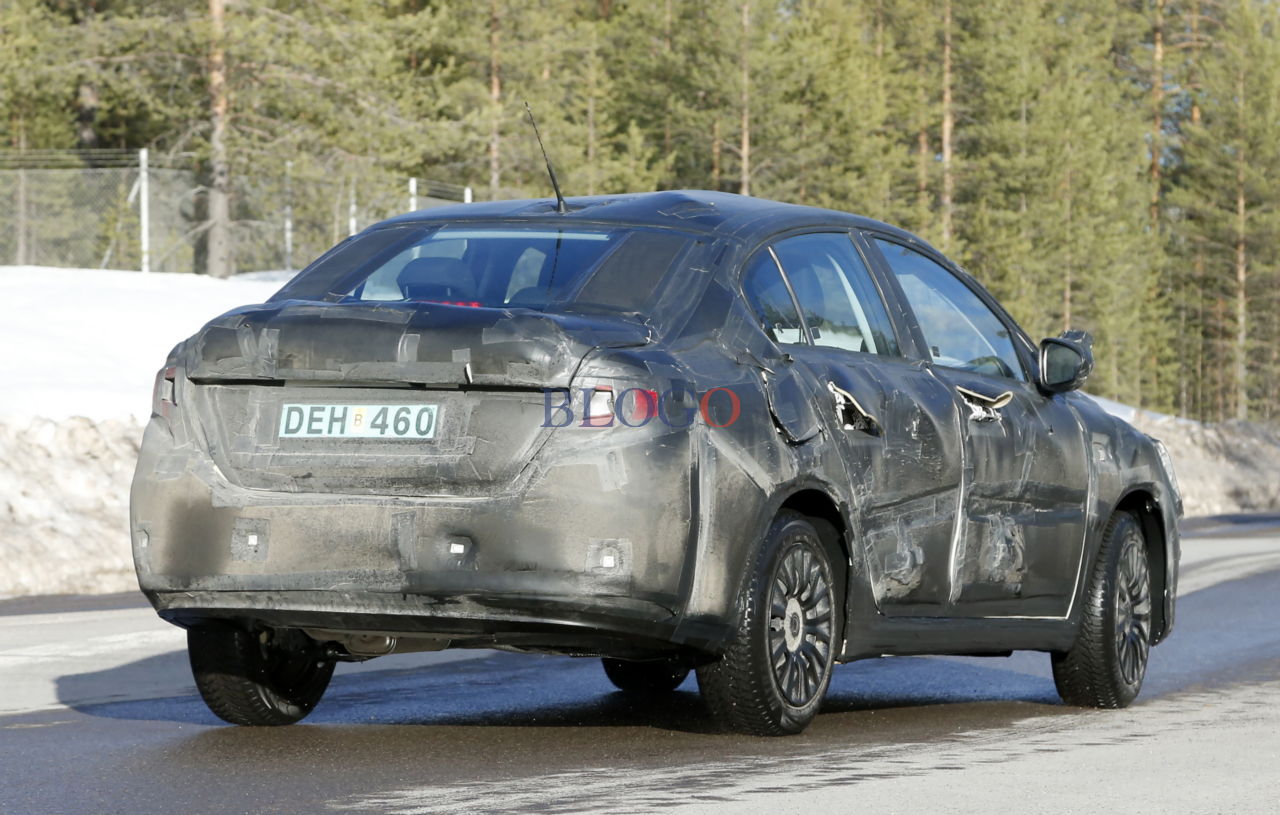
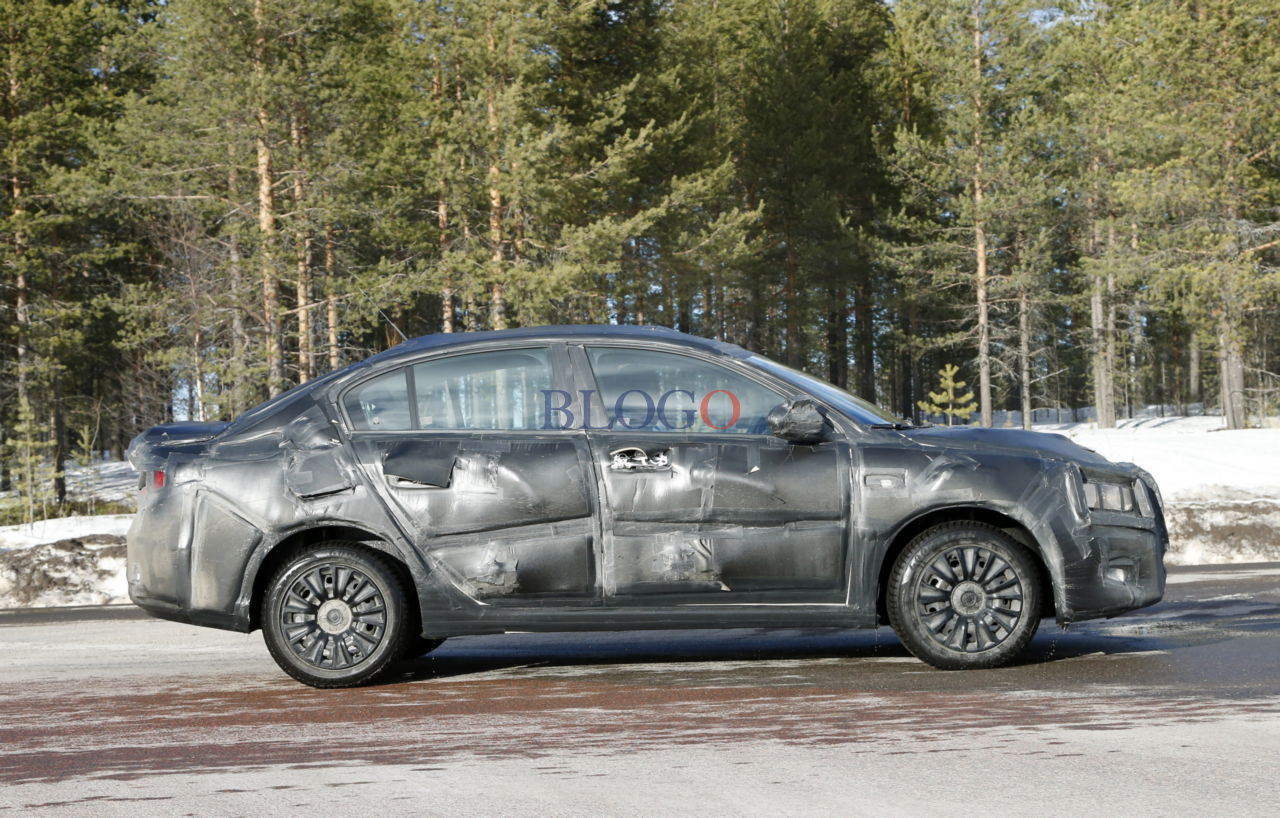
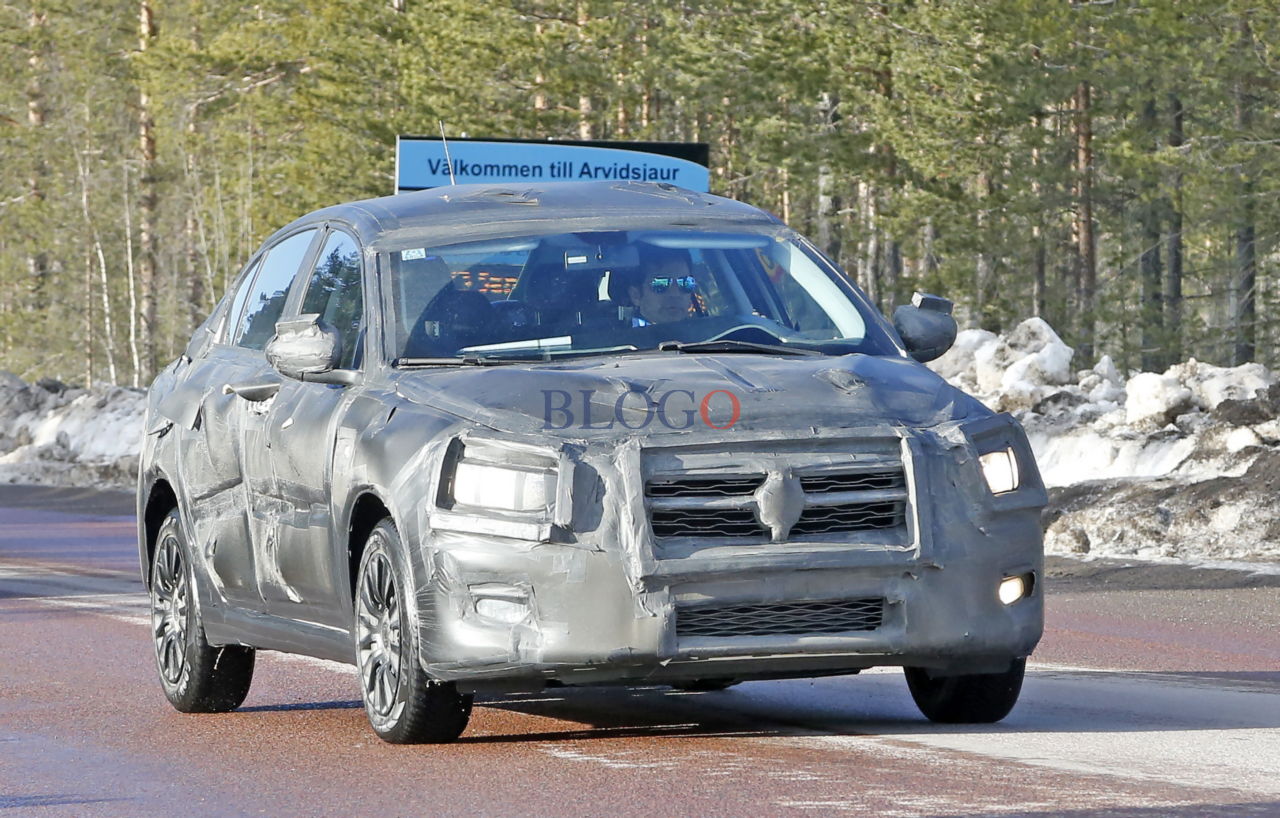
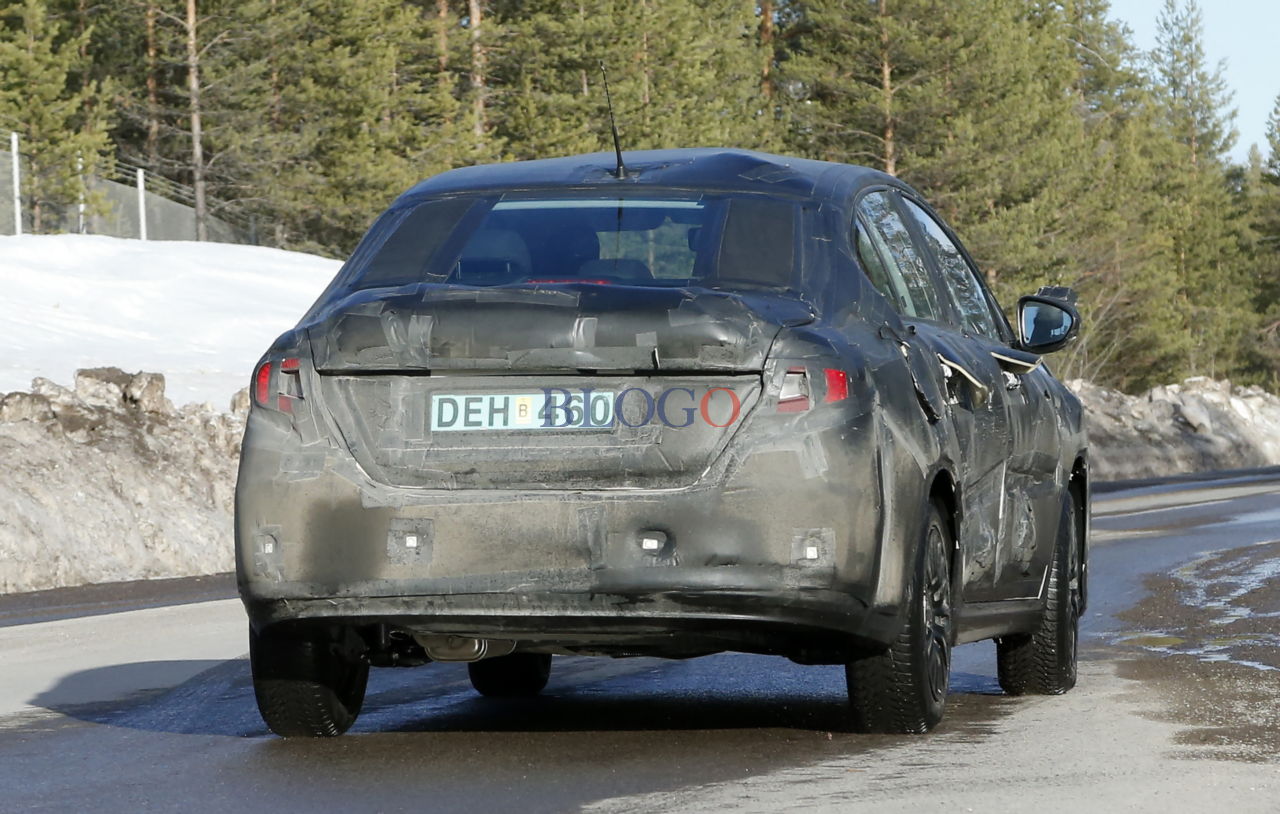

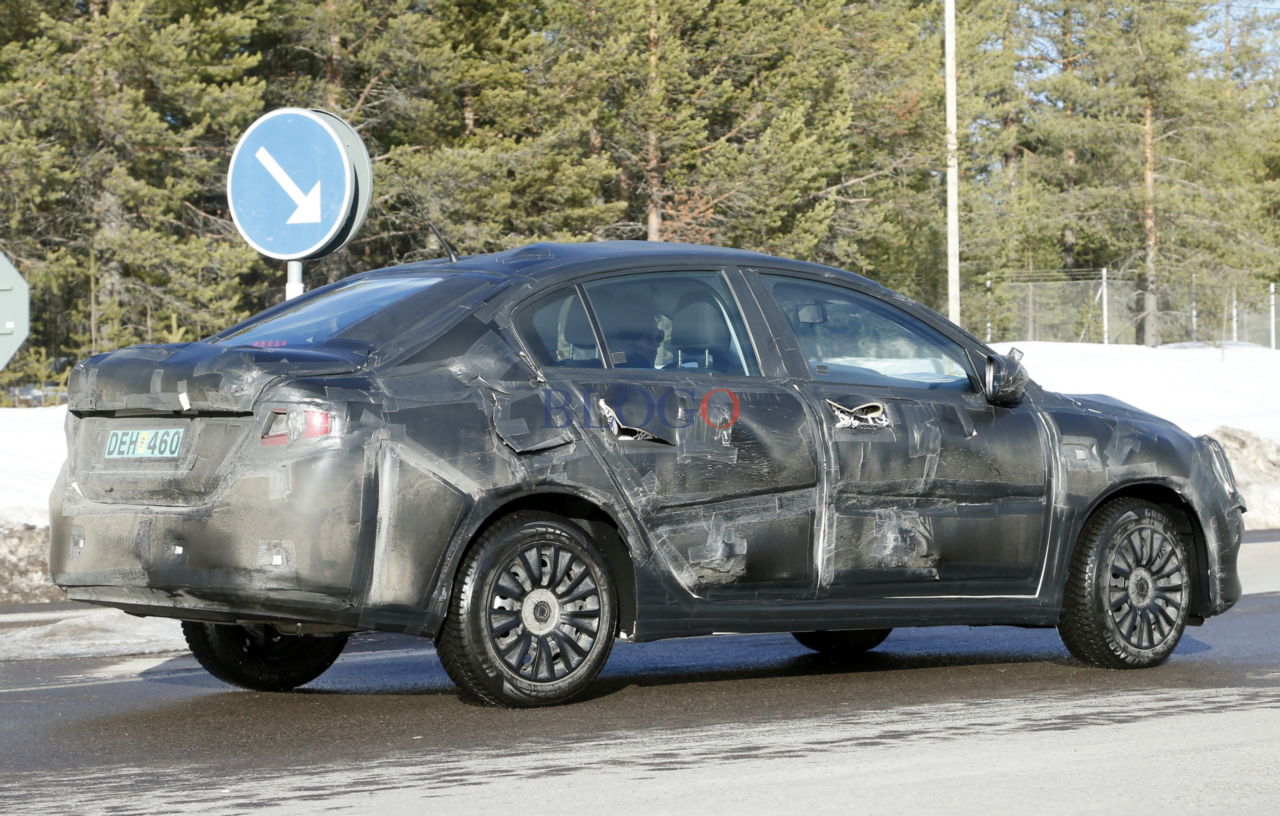
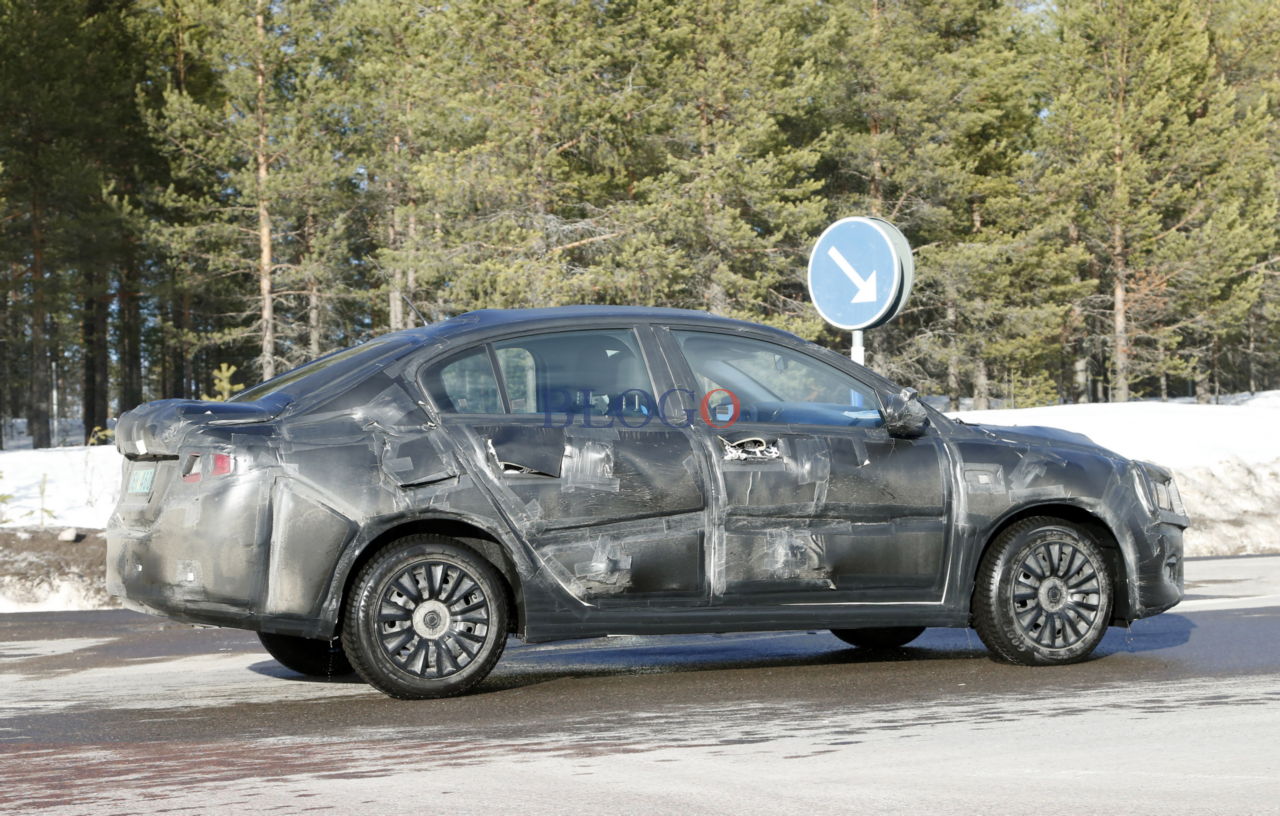
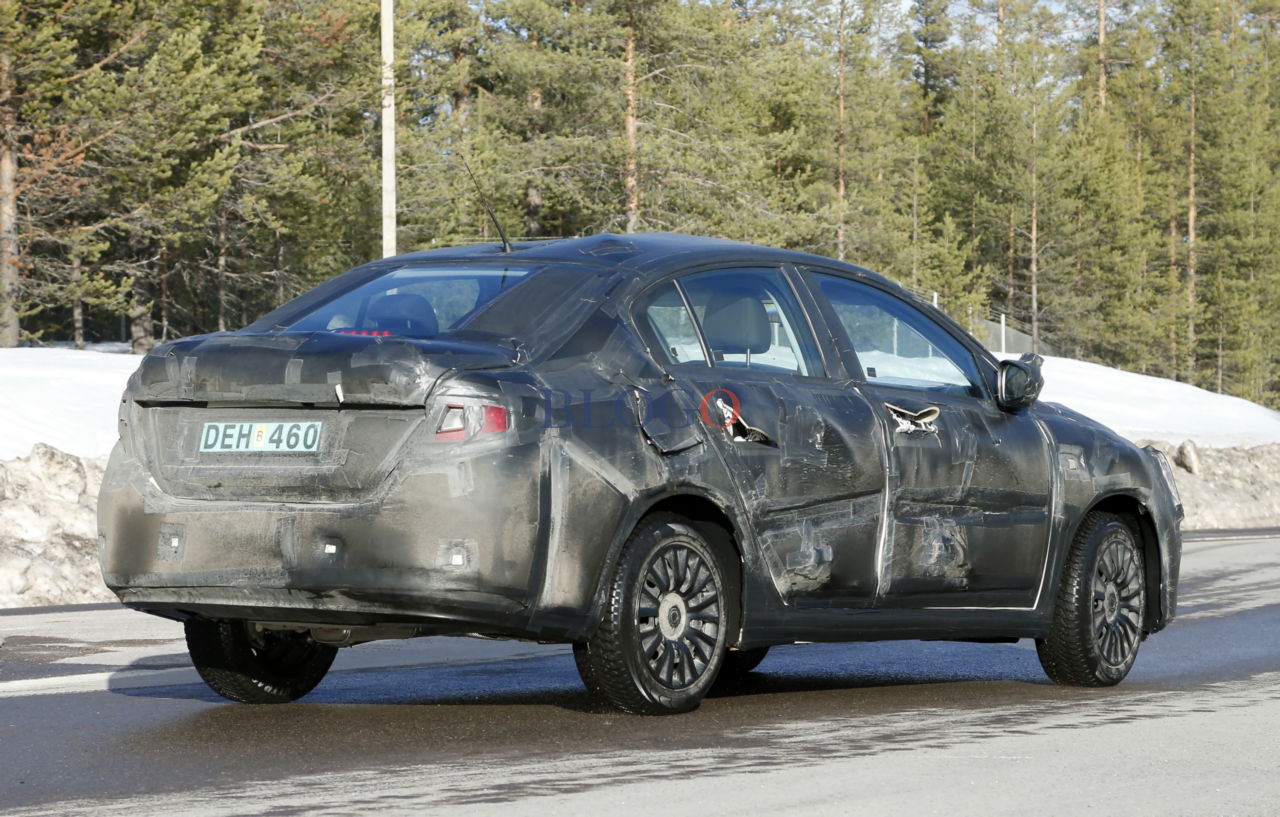
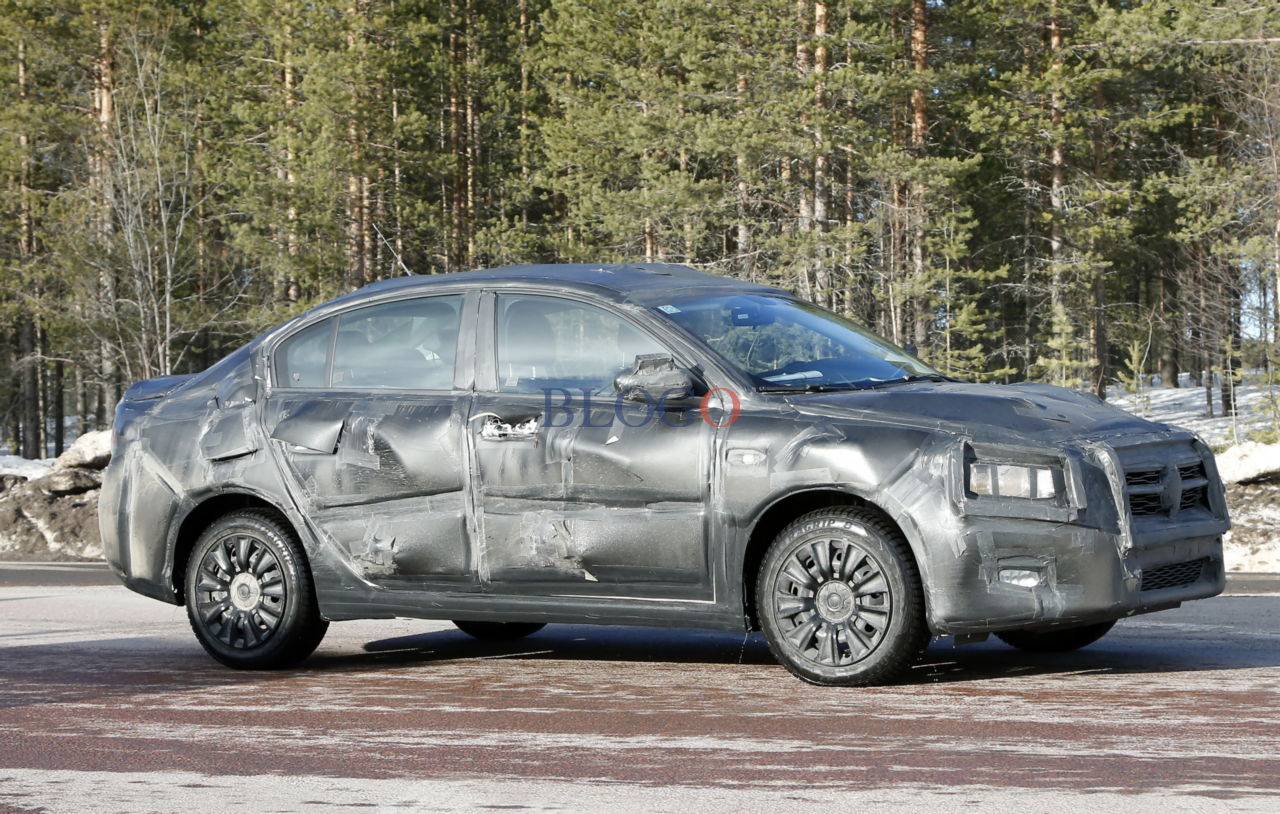

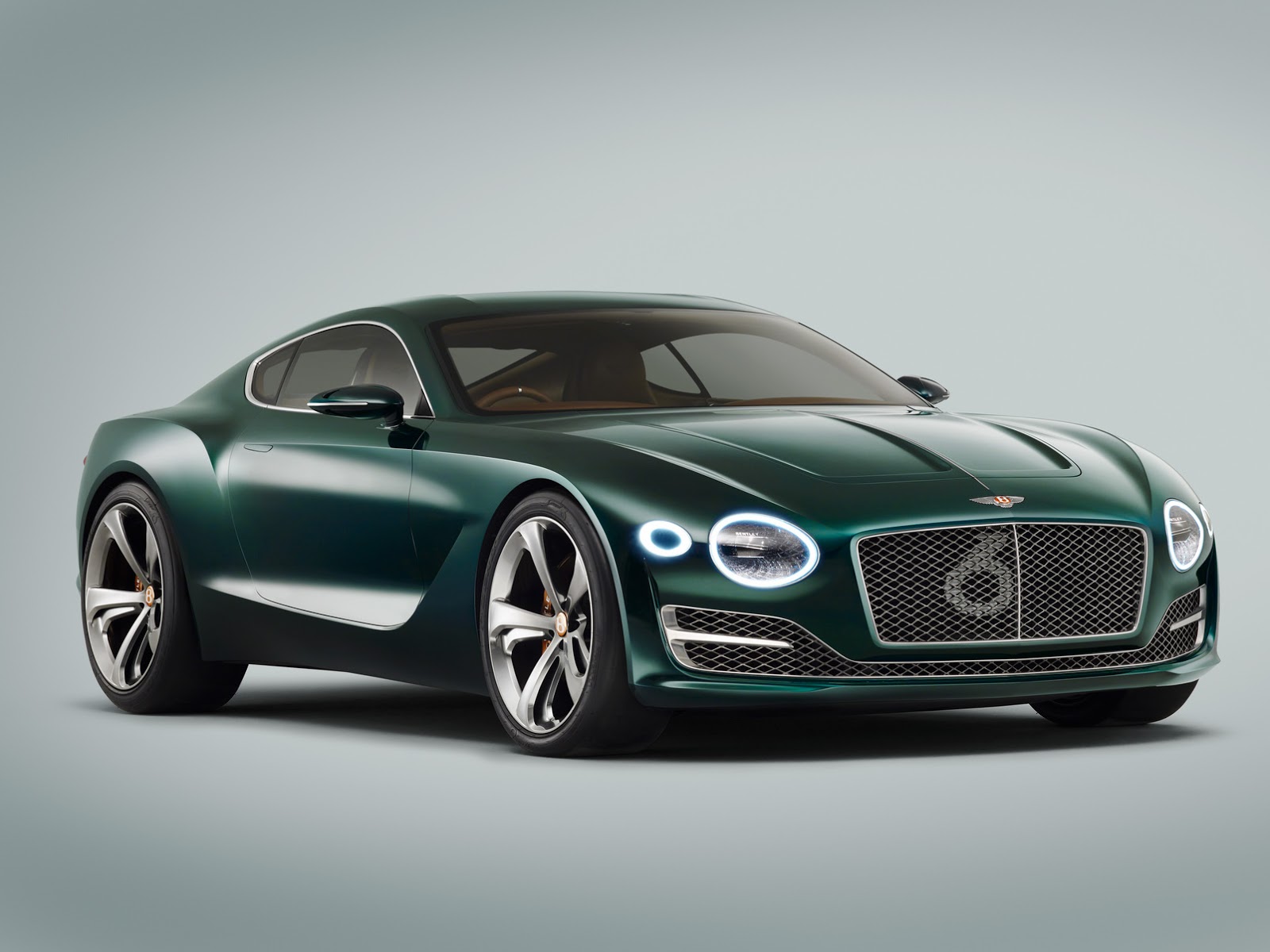


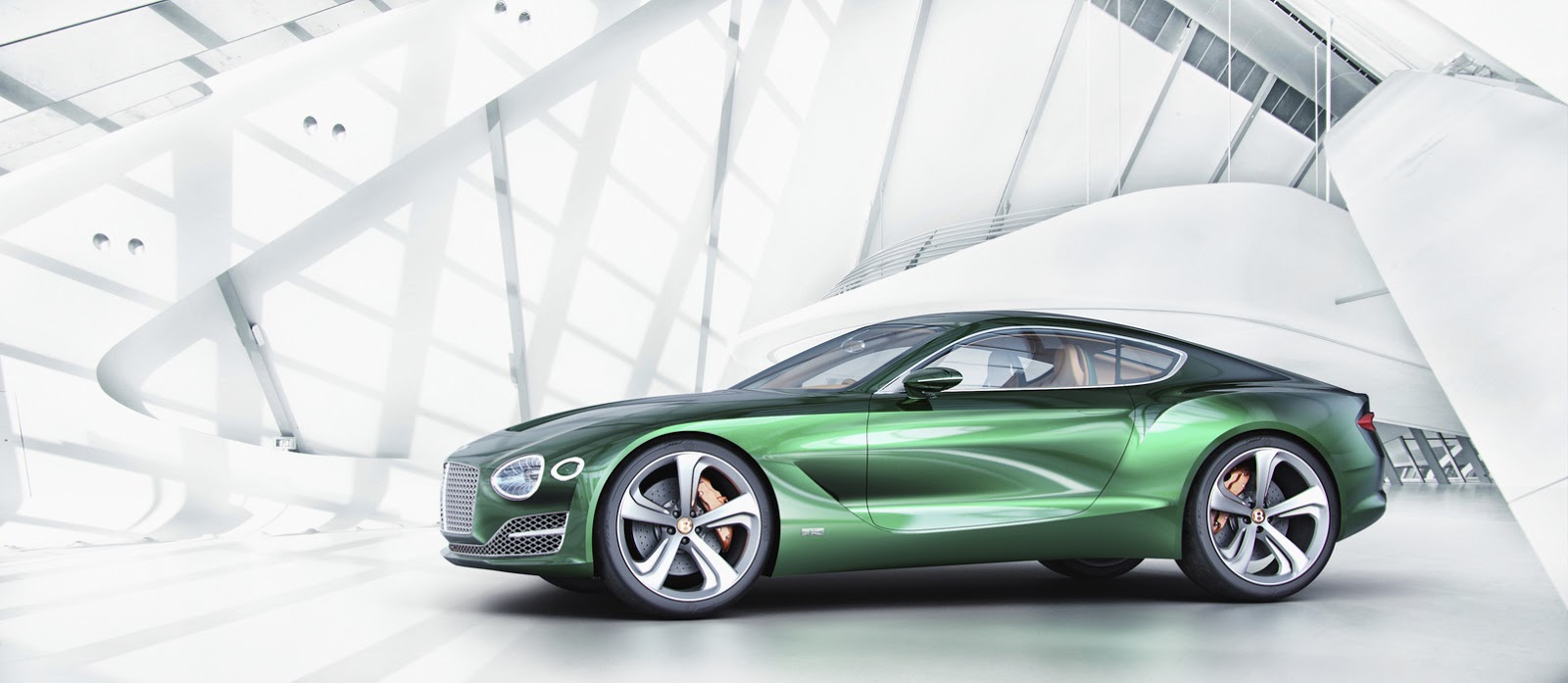
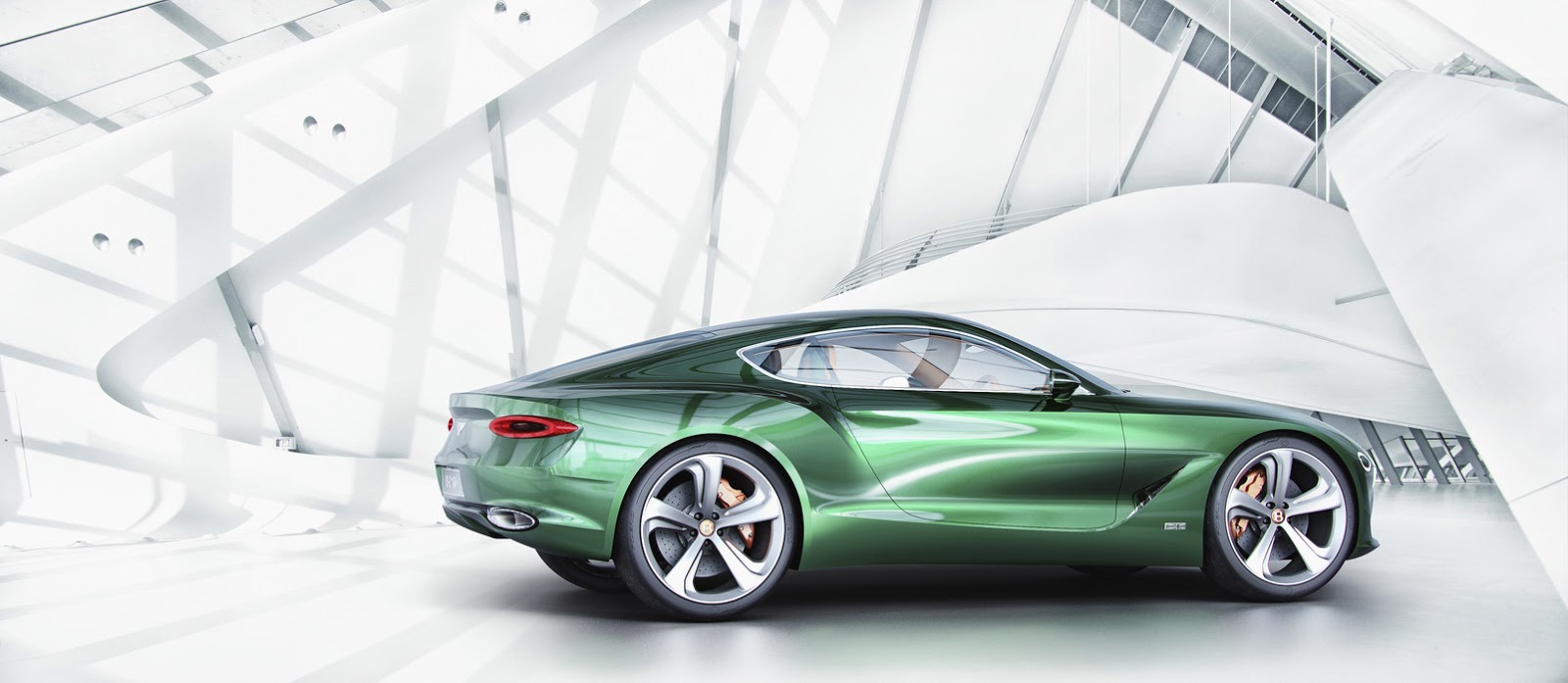
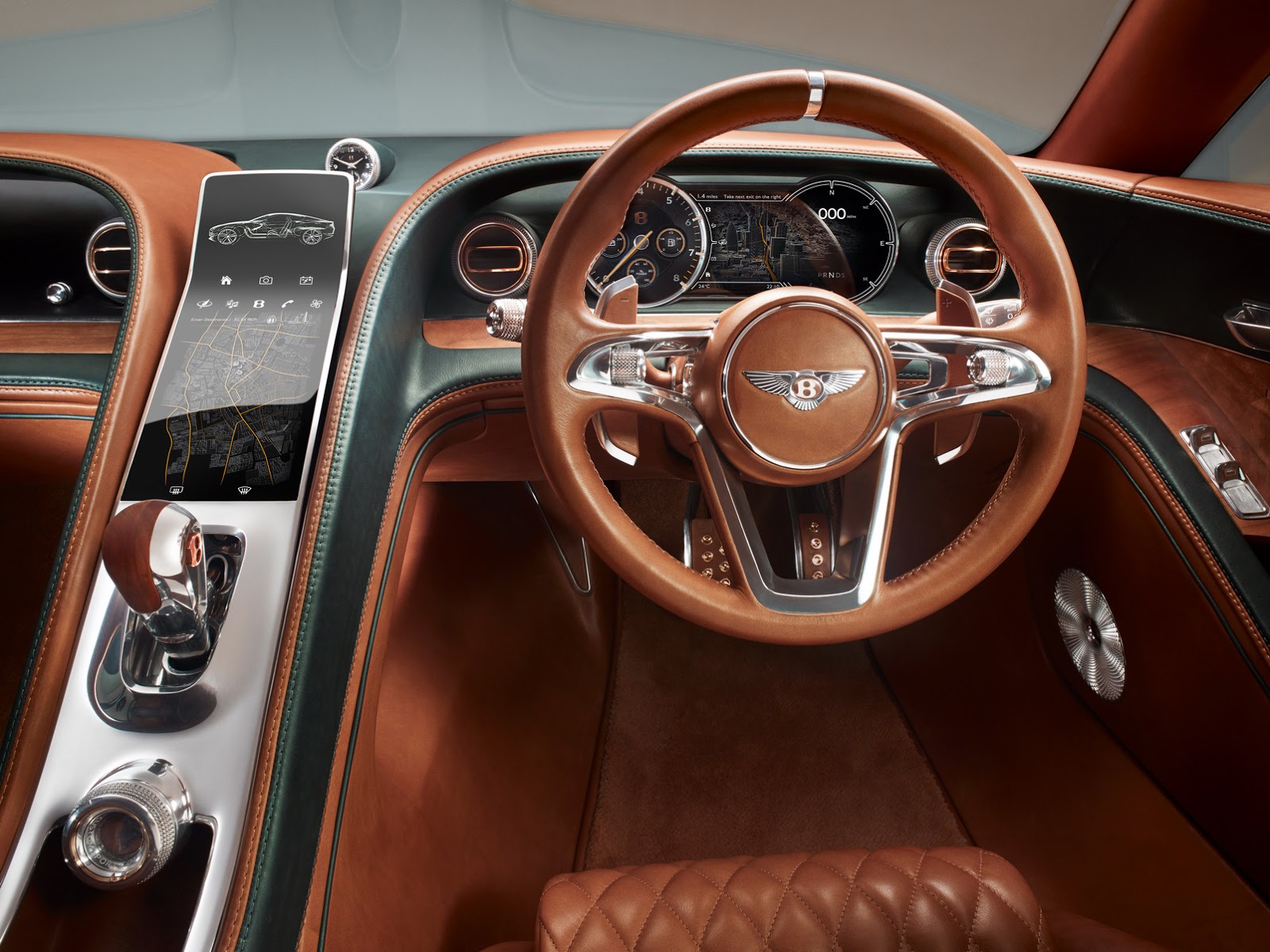
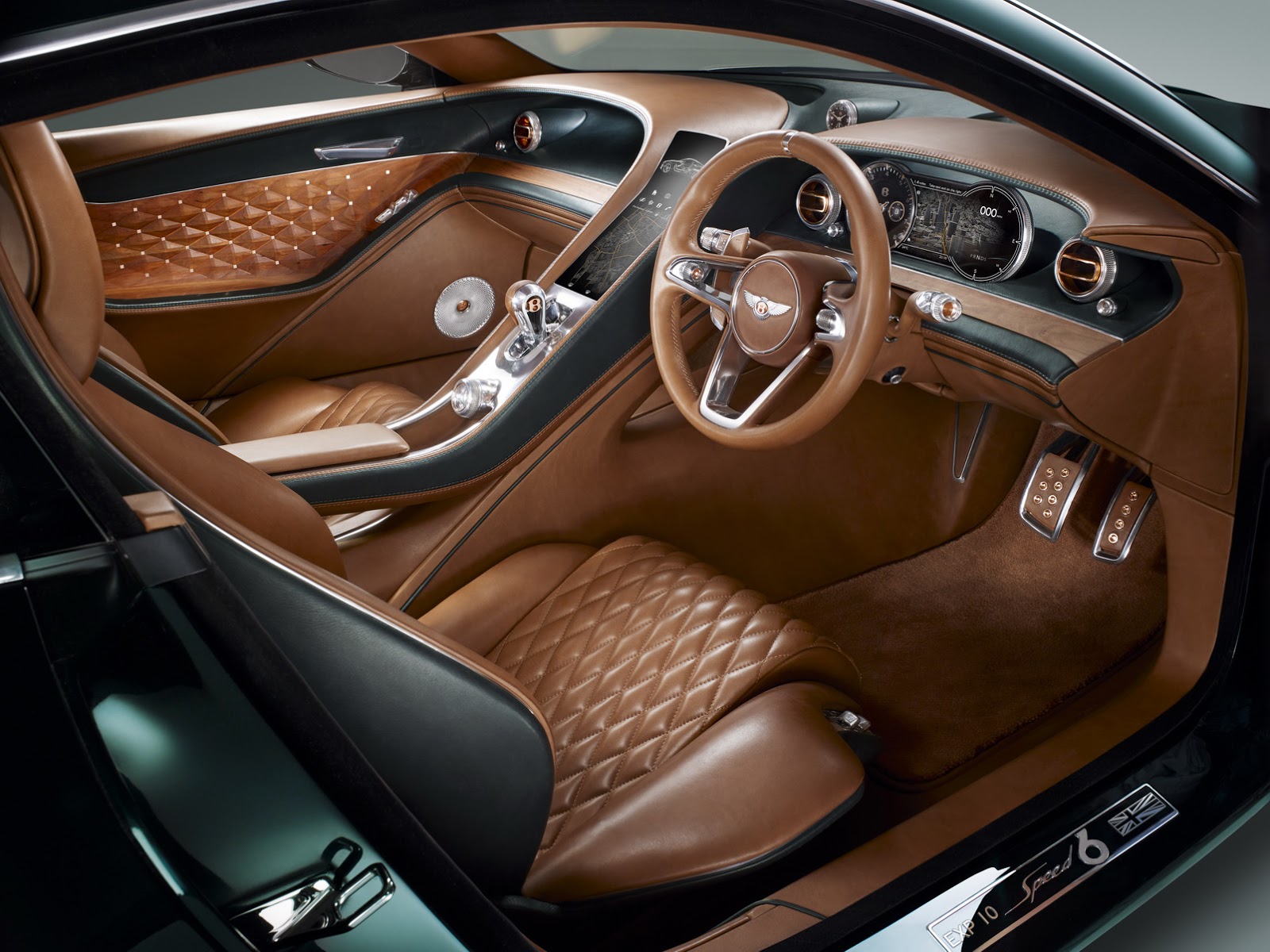




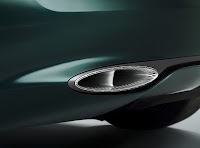

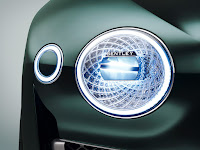


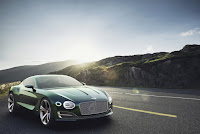


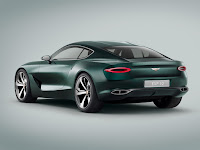
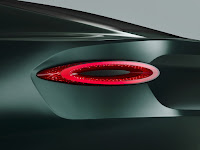
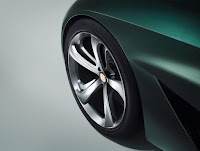























Alfa Romeo Giulia Quadrifoglio 2016
in Alfa Romeo
Inviato · Modificato da bad_Q
© Car Magazine